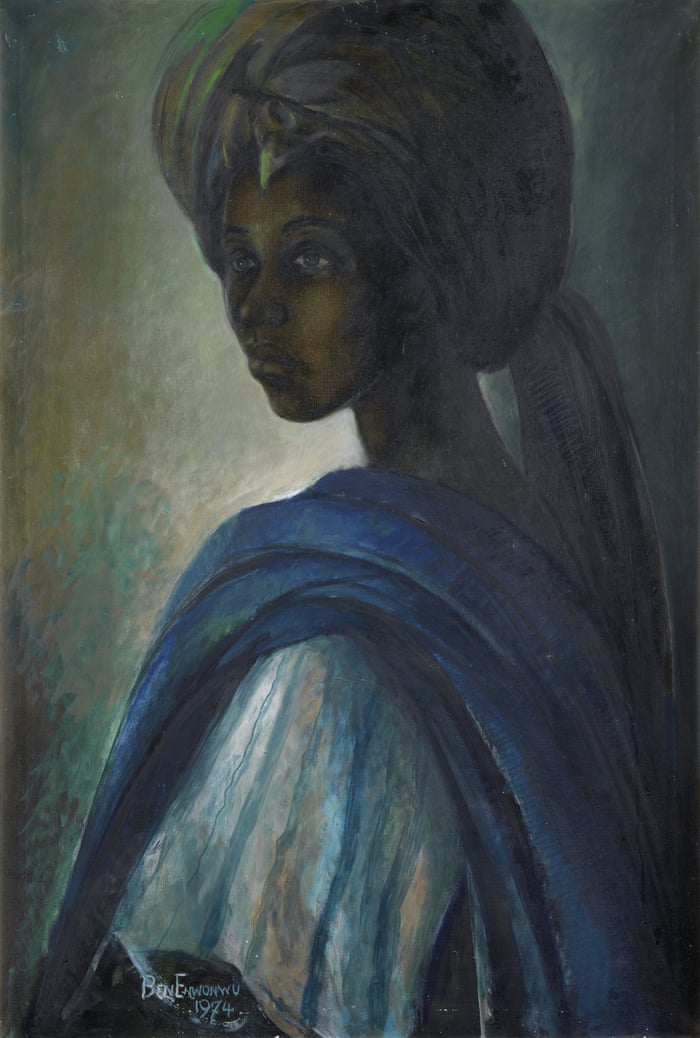Johannes Vermeer, Girl with a Pearl Earring, c. 1665. http://www.essentialvermeer.com/catalogue/girl_with_a_pearl_earring.html#.Ws4Oli7waUl

When Dionne Searcey, West African bureau chief for the New York Times, and photographer Adam Ferguson sought to create portraits of the young women released by their Boko Haram kidnappers in Nigeria, they faced a series of obstacles from the Nigerian government. Nevertheless, they persisted, and when the American University of Nigeria in Yola finally gave consent to photograph the students, Ferguson and Searcey took all 83 portraits in a single day. The results are gorgeous and dignified, a study in self-representation by the young women who are no longer victims, and no longer represented as such.
Inspired by Tutu, the recently-rediscovered portrait of a Nigerian princess, Adam Ferguson posed Rahab Ibrahim in the classic contrapposto three-quarter view of Vermeer's Girl with a Pearl Earring. The sitter's choice of attire, including pearl earrings, white collared blouse, and blue head scarf, contribute to the sense of historicity in this portrait.
It is refreshing to see young women like Rahab Ibrahim represented as self-possessed young women and individuals; it is a welcome visual and humanistic contrast to Boko Haram's depersonalized photographic depiction of these young women.
It is an aesthetic and editorial choice not to include the group photographs of the girls as captives when they were kidnapped and imprisoned by Boko Haram.
It is an aesthetic and editorial choice not to include the group photographs of the girls as captives when they were kidnapped and imprisoned by Boko Haram.